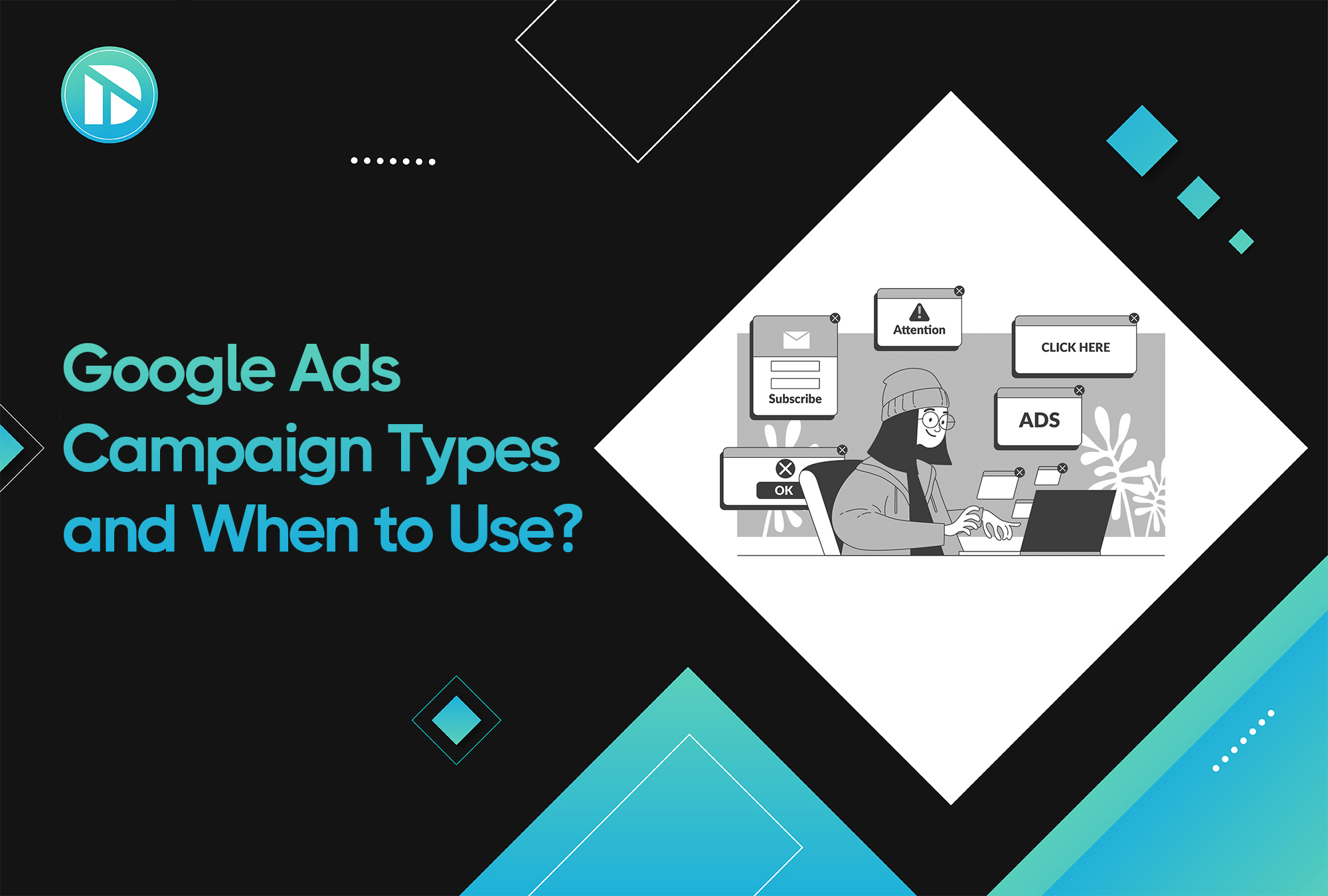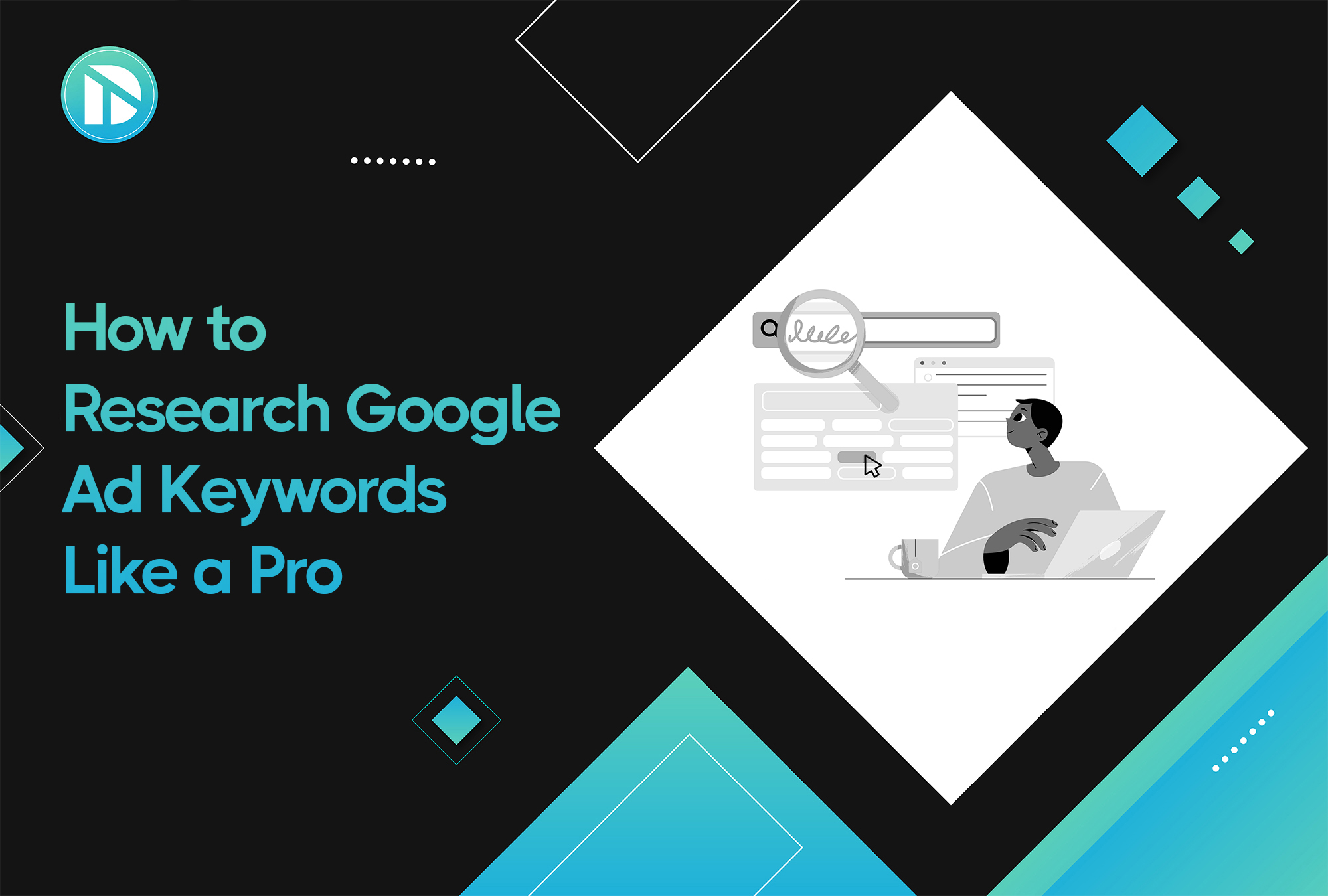Gone are the days when website design focused solely on aesthetics and basic functionality.
In today’s digitally-driven world, businesses must prioritize the diverse needs of all users, ensuring their websites are not only visually appealing but also universally accessible and engaging. This concept is known as inclusive web design.
In this 2024 inclusive web design guide, we’ll cover the importance of inclusive design along with its principles. We’ll also discuss the difference between inclusive vs accessible web design.
But first, let’s briefly talk about what inclusive web design is.
What Is Inclusive Web Design?
Inclusive web design is a UX methodology that involves creating websites or other digital experiences that are accessible and usable for a broader audience.
This type of website design prioritizes creating a universal experience for everyone. The goal is to be more ‘inclusive’ and cater to users with a diverse range of abilities, ages, and cultures, instead of simply focusing on aesthetics and functionality.
Here are some key elements of inclusive website design:
- Accessible to all: Websites must be navigable by individuals with various physical, cognitive, and sensory disabilities.
- Respectful of various cultures: The content and interface should honor and adapt to cultural variations, including language and traditions.
- Age-Appropriate: Websites should be user-friendly for people of every age, including children and seniors.
- Technologically neutral: The user experience should be consistent across multiple devices.
- Morally responsible: The design should not include any deceptive or harmful features that may deceive or injure users.
Why Is Inclusive Web Design Important?
Inclusive web design isn’t just a trend; it’s a necessity. Here’s why:
Advantages for Businesses
Adopting an inclusive web design has several benefits for businesses that extend beyond ethical factors.
Better search engine optimization (SEO) is among the most compelling benefits. If your website is easy to access, search engines such as Google are more inclined to give it a higher rank.
Businesses can also enjoy higher website traffic and decreased bounce rates, as a user-friendly website attracts more visitors.
Another major advantage is the growth of your customer base. By ensuring that your website is reachable to all individuals, you have the opportunity to reach untapped demographic sectors and expand your potential market size.
Finally, incorporating inclusive web design also plays a role in shaping the brand image and fostering customer loyalty. Socially responsible businesses have a more loyal customer base compared to the rest.
Impact on Society
Inclusive web design has a significant social impact. In an era where more and more activities are shifting to the internet, having access to it has become essential.
Unfortunately, not all users can access digital resources at the same level. Websites that neglect the needs and restrictions of the visually impaired can worsen inequalities and disregard this demographic.
However, inclusive web design removes barriers. This method guarantees that all individuals, regardless of their capabilities or limitations, are provided with equal access to information and services.
Legal Implications
Apart from the ethical considerations discussed in this inclusive web design guide, businesses must also consider the legal requirements for a user-friendly website design. Many countries have laws to ensure that websites are inclusive, especially for public and business services.
An example of this is the Americans with Disabilities Act (ADA) in the United States, which states that websites must be accessible to people with disabilities. Failure to meet the necessary criteria could result in legal ramifications, including financial fines and brand defamation.
Hence, implementing an inclusive web design isn’t only morally correct but also helps reduce the possibility of facing legal consequences.
Firms can tackle these issues by creating interactive websites that align with or surpass local and global accessibility criteria.
Inclusive vs Accessible Web Design
The two terms "inclusive web design" and "accessible web design" are used interchangeably quite often, but they both refer to different things.
Designing with accessibility in mind aims to ensure that individuals with disabilities can access websites and similar content.
For this purpose, websites must comply with standards like the Web Content Accessibility Guidelines (WCAG). This includes overcoming obstacles, such as physical, cognitive, and sensory challenges, that may hinder users from accessing websites.
Alternatively, inclusive web design takes a more wide-ranging approach. While it does include accessibility, it also takes into account a diverse range of abilities, backgrounds, ages, languages, and more.
Inclusive content design strives to provide a welcoming and accessible experience for all individuals – not just individuals with disabilities.
It's essential to understand the difference between these two approaches to create a successful strategy for web design.
.webp)
Principles of Inclusive Web Design
To ensure a website design is inclusive and accessible, developers must keep the following principles in mind:
i. Readability
Your content's readability is significantly affected by how it's presented in inclusive content design. Choose easy-to-read, sans-serif fonts like Arial or Helvetica.
Also, make sure the text is large enough for easy readability. Google suggests using a font size of at least 16 pixels.
Great contrast between text and backdrop colors and line and letter spacing is also essential for readability.
ii. Responsiveness
Scalable and responsive web designs enhance accessibility and usability.
Users should be able to navigate your website easily on a variety of screens and devices.
For this purpose, developers must ensure that text and other website elements transition smoothly, regardless of whether they are seen on a laptop, tablet, or phone.
According to the WCAG, text should be resizable up to 200% without sacrificing functionality or content.
iii. Color Contrast
Make sure there’s enough color contrast so that text and images stand out from the background. The WCAG outlines that standard text should have a minimum contrast ratio of 4.5:1, while large text or elements with borders should have a ratio of 3:1.
Avoid relying on color only to communicate information, as it may overlook users who are color-blind. Employ other indicators such as text tags, designs, or symbols to make sure that data is easily available to everyone.
iv. Visual Elements
Creating charts and graphs that are accessible may be challenging, yet they are crucial.
Give text descriptions to go along with visual information. Make sure to add alt text on images or other visual elements where necessary, so people using screen readers can get information from them.
You may use different patterns or textures to distinguish between sections and ensure that the designs are clean and easy to comprehend.
v. Accessible Motion Graphics
It's the responsibility of the designer to produce motion graphics that don't cause seizures. This means steering clear of lights, flashes, or other visual elements that can pose a significant danger to individuals with epilepsy.
WCAG advises against using flashing content more than three times in a single second and suggests giving users options to control moving content, such as pausing, stopping, or hiding it.
vi. Media Alternatives
Provide captions, audio descriptions, and transcripts for video and audio content. Captions need to be precise and in sync with speaker recognition and important sounds.
All transcripts must include all essential audio-visual content, and audio descriptions should communicate necessary visual details.
vii. Testing
Utilize tools such as WAVE or Google Lighthouse to assess your web pages for accessibility concerns.
Verify color contrast using resources such as the WebAIM Color Contrast Checker, and evaluate your inclusive content designs on different devices and screen sizes.
Including individuals with disabilities in the testing phase can offer essential insights and guarantee that your designs are genuinely accommodating.
Inclusive Web Design Guide: FAQs
1. What is meant by inclusive design?
Inclusive design, also referred to as universal design, guarantees accessibility to individuals of diverse ages, abilities, and cultures. Creating designs that cater to a wide variety of individuals results in better overall outcomes and advantages for everyone involved.
2. What are some top examples of Inclusive web design?
- Target
- Kylie Cosmetics
- Forever 21
3. What is the importance of inclusive web design?
Inclusive web design boosts SEO, traffic, and customer base while fostering brand loyalty. It ensures equal access, bridging the digital divide and promoting social justice.
4. What steps can be taken to ensure that your website is inclusive to everyone?
WebAIM offers a comprehensive WCAG 2 Checklist to help ensure your website meets accessibility standards.
- Ensure that all information is accessible to individuals with disabilities.
- Make sure to assign appropriate alt text to all images.
- Ensure that there are written transcripts or captions available for all video or audio content.
- Avoid using color combinations that hinder readability.
- Ensure that the content is accessible to a variety of user agents, including assistive technologies.
- Provide various options for entering data, such as utilizing keyboards on smartphones in addition to touch or keyboard entry.
5. How often should I review my website’s accessibility?
Frequently check and enhance the accessibility of your website, preferably every six months or following major updates.
Inclusive Web Design: Parting Thoughts
Adopting an inclusive web design is more than just an ethical concern; it also offers strategic benefit for companies.
In this inclusive web design guide, we learnt about accessibility vs inclusive design and how they impact society and your business regulations.
Designing for accessibility and inclusion can narrow the digital gap, advance social justice, and improve your brand's credibility and visibility. By embracing inclusivity, you aren’t just meeting legal obligations but also establishing your business as a frontrunner in promoting a welcoming and easily reachable online space.
Following the above-mentioned web design principles can help you develop website layouts that cater to various user needs, ensuring an inclusive user experience that’s accessible and responsive.
Whether you’re looking to create an inclusive website design from scratch or want to revamp your existing site to make it more inclusive, we can help. Contact DIGITORM today for website design services and let our expert web designers & developers help you turn your vision into reality!
.png)









